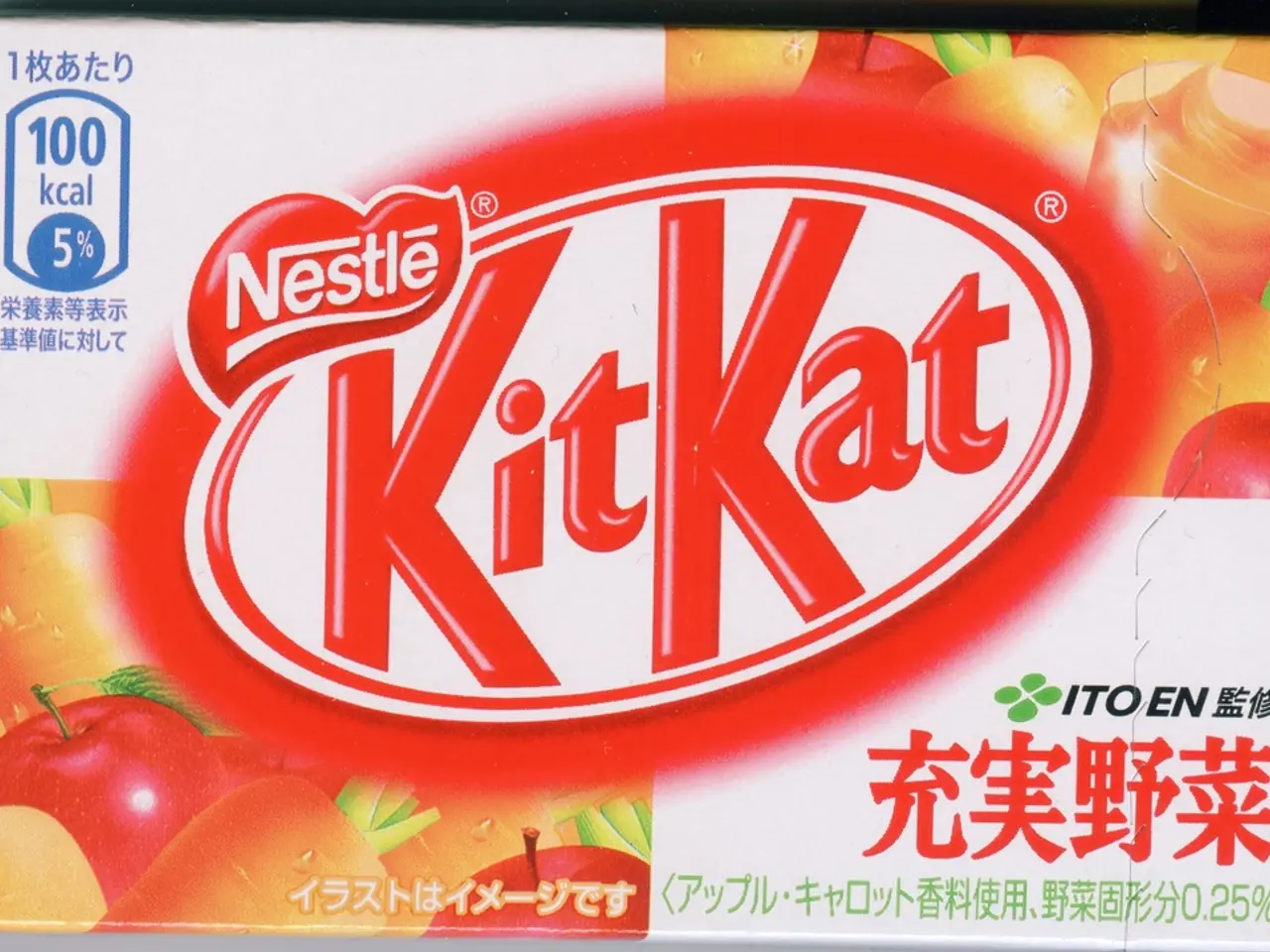Examination of Potential Hazards in Perishable Food Products
In a report released by the Center for Science in the Public Interest (CSPI) in October 2009, leafy greens were identified as the number one riskiest food regulated by the Food and Drug Administration (FDA). Between 1998 and 2010, there were 27 E. coli outbreaks in green leafy vegetables, including lettuce and spinach, as reported by the Centers for Disease Control and Prevention (CDC). This concerning trend has led to increased efforts to prevent foodborne illness outbreaks associated with leafy greens.
The current measures and best practices for preventing such outbreaks include rigorous food safety standards, hazard analysis and preventive controls, traceability efforts, and consumer safety guidance.
**Industry Standards and Grower Programs:** California’s Leafy Green Marketing Agreement (LGMA) sets a gold standard for food safety in lettuce and leafy greens. Growers are required to adhere to strict practices to minimize contamination risks, such as monitoring water quality, soil amendments, worker hygiene, and field sanitation.
**Hazard Analysis and Preventive Controls:** Under the FDA’s Food Safety Modernization Act (FSMA) and related regulations, food facilities must implement comprehensive food safety plans. These plans analyze biological hazards, including bacterial pathogens common in leafy greens, and apply risk-based preventive controls to reduce contamination during growing, harvesting, processing, and distribution.
**Addressing Risk Factors in Growing Areas:** Investigations have linked outbreaks of E. coli O157:H7 in romaine lettuce to contamination from nearby concentrated animal feeding operations (CAFOs). Control measures include monitoring and managing proximity to animal operations, water testing, and restricting use of untreated surface water for irrigation in affected regions.
**Public Health Advisories and Traceback:** During outbreak investigations, the FDA issues public health advisories to inform consumers and industry stakeholders. These advisories emphasize actions such as proper washing of produce and avoidance of implicated lots. Traceback investigations help identify contamination sources and drive targeted interventions in affected growing regions.
**Consumer-Level Best Practices:** Consumers are advised to thoroughly wash raw produce, including leafy greens, before consumption to reduce the risk of illness. Awareness of food safety, especially during summer months when outbreaks increase, is crucial for prevention.
The financial impact of foodborne illness in the United States is estimated to be $1,626 per case of illness with an aggregated annual cost of $77.7 billion. To learn more about foodborne outbreaks, visit the CDC's dedicated page at [cdc.gov/foodborne-outbreaks](http://cdc.gov/foodborne-outbreaks).
For more information on the Division of Foodborne, Waterborne, and Environmental Diseases, visit [cdc.gov/ncezid/dfwed/orpb](http://cdc.gov/ncezid/dfwed/orpb). The CSPI also provides a list of the ten riskiest foods regulated by the U.S. Food and Drug Administration at [CSPI.cspinet.org/resource/ten-riskiest-foods-regulated-fda](http://CSPI.cspinet.org/resource/ten-riskiest-foods-regulated-fda).
Leafy greens can be challenging to clean due to crevices and pores where bacteria can hide, which may not be accessible by conventional sanitizers. For more resources on food safety, visit the CDC's food safety page at [cdc.gov/food-safety](http://cdc.gov/food-safety) or the USDA's Food Availability (Per Capita) Data System at [ers.usda.gov/data-products/food-availability-per-capita-data-system](http://ers.usda.gov/data-products/food-availability-per-capita-data-system). The CSPI also offers a searchable Outbreak Alert Database at [cspinet.org/foodsafety/outbreak_report.html](http://cspinet.org/foodsafety/outbreak_report.html).
Together, these approaches form a multi-layered strategy aimed at minimizing contamination risk and preventing foodborne illness outbreaks tied to leafy greens in the U.S.
The current measures for preventing foodborne illness outbreaks associated with leafy greens incorporate rigorous food safety standards, hazard analysis, and preventive controls, traceability efforts, and consumer safety guidance. A prime example of such standards is California's Leafy Green Marketing Agreement (LGMA), which requires growers to adhere to strict practices for minimizing contamination risks.




